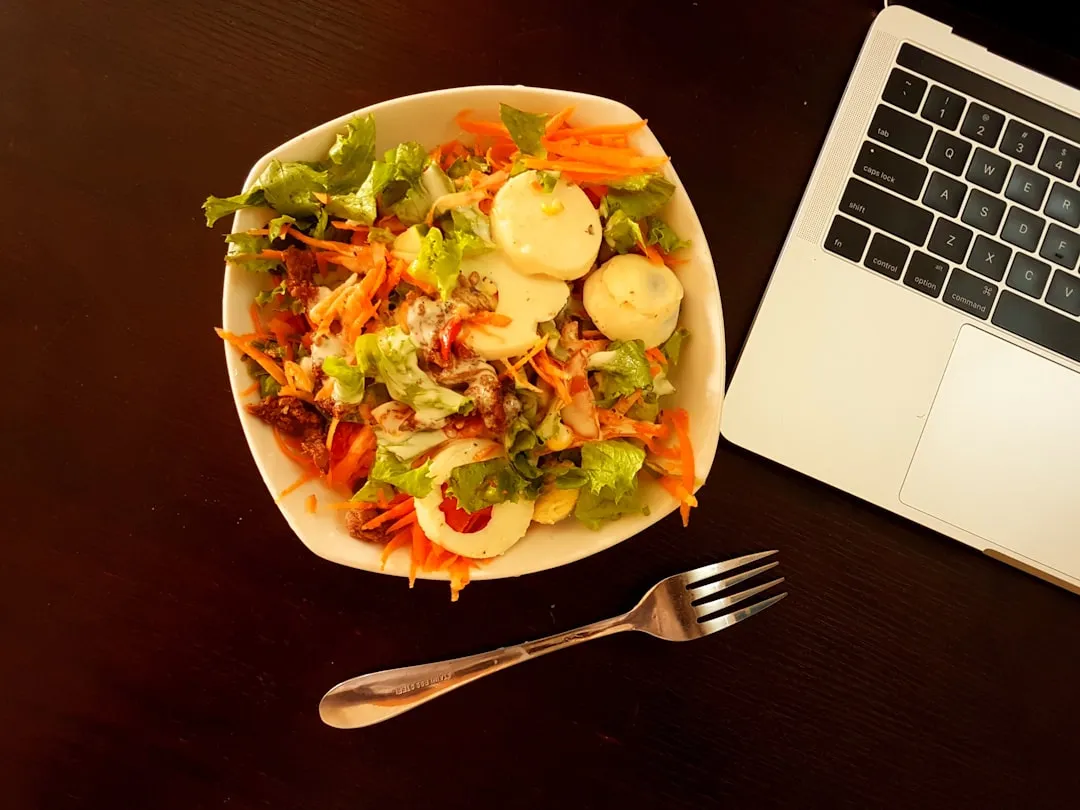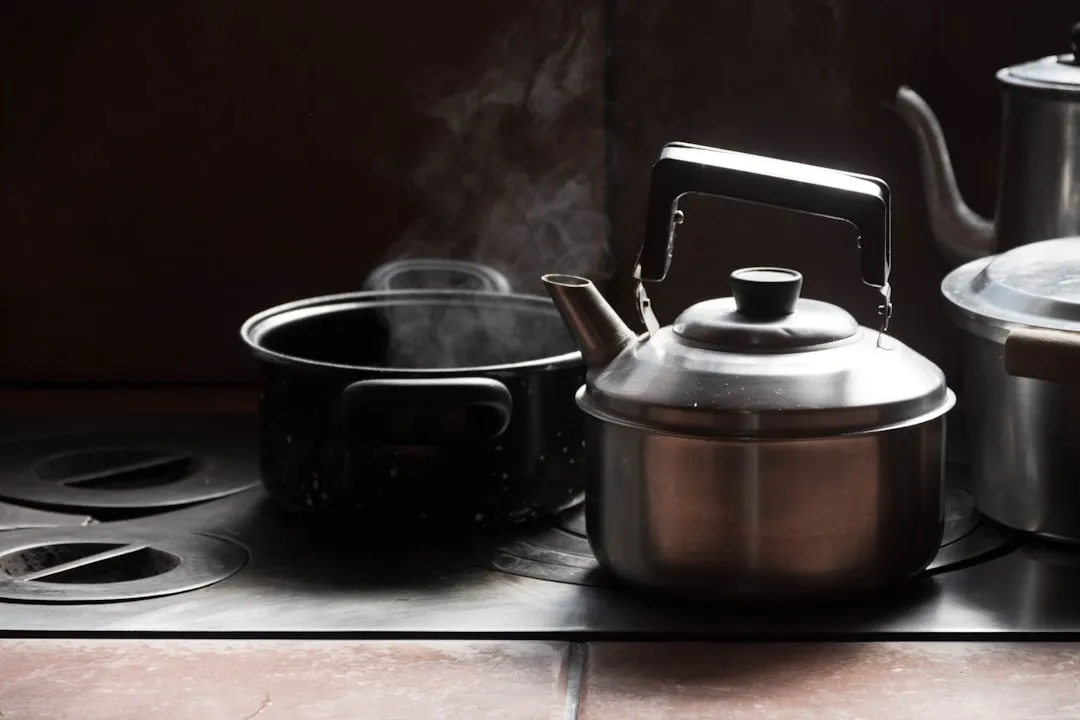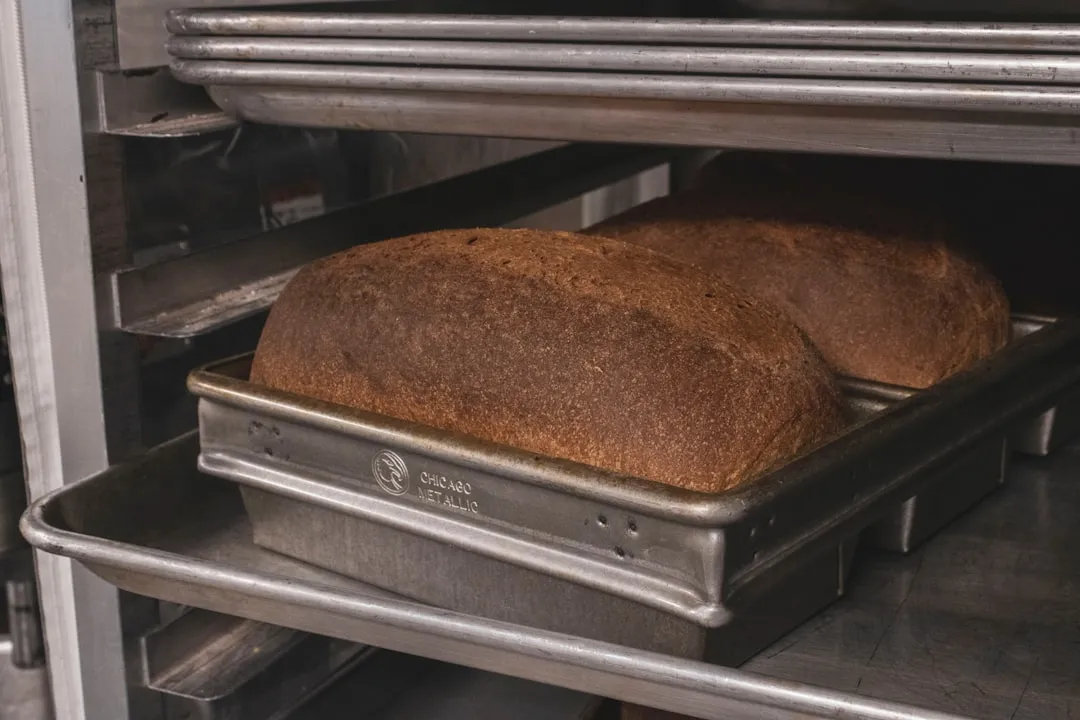Polenta can cause risotto-like anxiety for the most experienced cook. First of all, making polenta is time-consuming—it can often take upwards of 45 minutes (unless you use this shortcut). And in the midst of this long cooking time, you're constantly stirring to keep the polenta from becoming lumpy. Even after taking the utmost of care, the polenta can still turn out too loose, too firm, or too grainy.
- Don't Miss: Make Fast & Easy Risotto in the Microwave
Luckily, there is an easier alternative that doesn't include buying the pre-made junk at the store: use grits, instead.
Polenta vs. Grits: What's the Difference?
Polenta is a staple of Italian cuisine, whereas grits are a Southern staple. While polenta is made from ground yellow corn, grits are made from white corn (also called hominy). Since both are made from dried corn, they can be swapped out for one another if push comes to shove—in fact, polenta has been called the Italian equivalent of grits.
The most notable difference between the two is in the texture: polenta is much coarser, whereas grits are finer. This is why grits, when cooked with liquid, form a homogenous porridge; polenta, on the other hand, has a coarse, complex texture that is less smooth and more nuanced.
However, these same nuances that make polenta so delicious also make it more finicky to cook—and especially to fry as a cake. Grits lack these same issues; whereas polenta is tricky to fry since it falls apart easily, grits form a cake with little fuss and fry up beautifully.
Your purist friends may wrinkle their noses at your polenta substitution, but you'll silence them pretty quickly with a taste of grit cake!
Cook the Grits
My go-to recipe isn't much of a recipe at all: it's a ratio of ingredients in relation to one another. Cooking with ratios makes it easy to adjust the amount of food you're cooking for the number of people eating.
Ingredient Ratios
- The golden ratio from liquid to grits is 4:1; so, for every cup of liquid, use 1/4 cup grits.
- As for the liquid, I use half water and half milk. If you're using an instant mix, just add water.
- The amount of salt you'll use is ½ tsp. per 1 cup liquid.
Directions
- Bring the liquid to a boil.
- Add the appropriate amount of salt.
- Stir and slowly add grits to the boiling liquid.
- Cover and reduce to low heat.
- Simmer for 10-15 minutes, stirring occasionally.
Once your grits are finished cooking, turn off the heat and remove them from the stove.
Chill Your Grits
Pour your grits into a an oiled pan and chill for at least one hour so they can solidify. This will make it much easier to cut them into squares.

After an hour has passed, cut the grits into squares, then lightly flour each side.
Fry Your Grits
Bring olive oil and butter to medium heat in a frying pan. Once the oil is hot, fry each grit cake until golden brown, approximately 2-3 minutes per side. Be sure to not overcrowd the pan.

When each cake is finished, place them on a plate lined with paper towel to soak up any extra oil until ready for use.
Serve Your Grits!
Now comes the best part—enjoying your delicious grit cakes.
While you can enjoy the grit cakes alone, they also taste fantastic with your favorite Italian dish: like polenta cakes, but with a lot less fuss and a creamier consistency. I've chosen to enjoy mine with Italian sausage, peppers, and onions.

As I mentioned before, culinary purists may recoil at the thought of using grits instead of polenta. It's certainly a unique solution. But creativity is what breaks new ground in the food world, and this is just one example of finding a different way to enjoy the same ingredient. (Plus... grits are delicious, and more people should be eating them—period.)
More Great Substitution Hacks:
- Why Bananas, Flax, Chia, & Even Blood Make Great Egg Substitutes
- How to Cook for Garlic & Onion Haters: Alternatives & Substitutes
- The Trick to Using White Sugar as a Brown Sugar Substitute
- 5 Baking Substitutions Every Home Cook Should Know
- How & Why to Use Avocados in Desserts Instead of Dairy
Photos by Vanessa Middleton/Food Hacks (unless otherwise stated)


























Comments
Be the first, drop a comment!